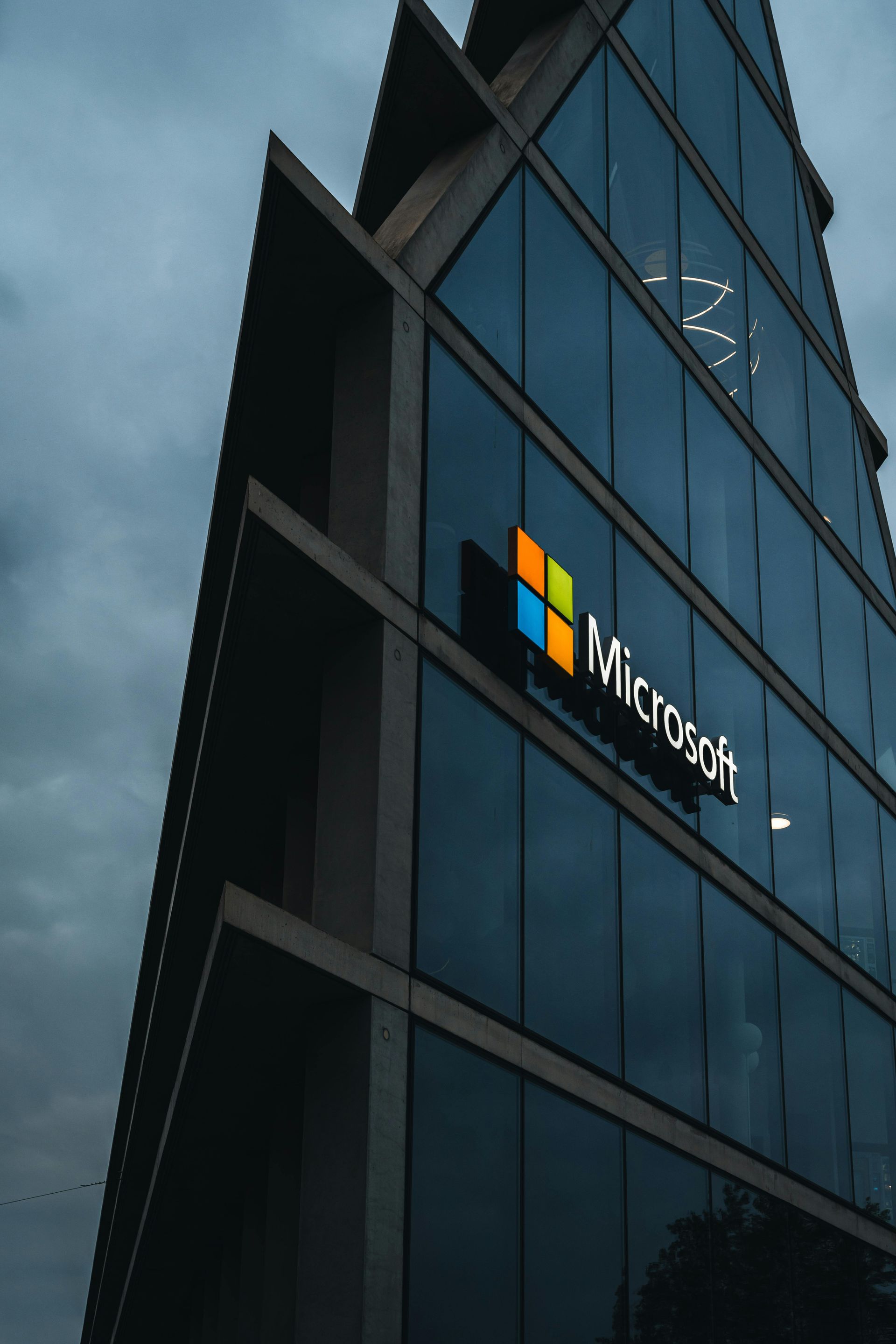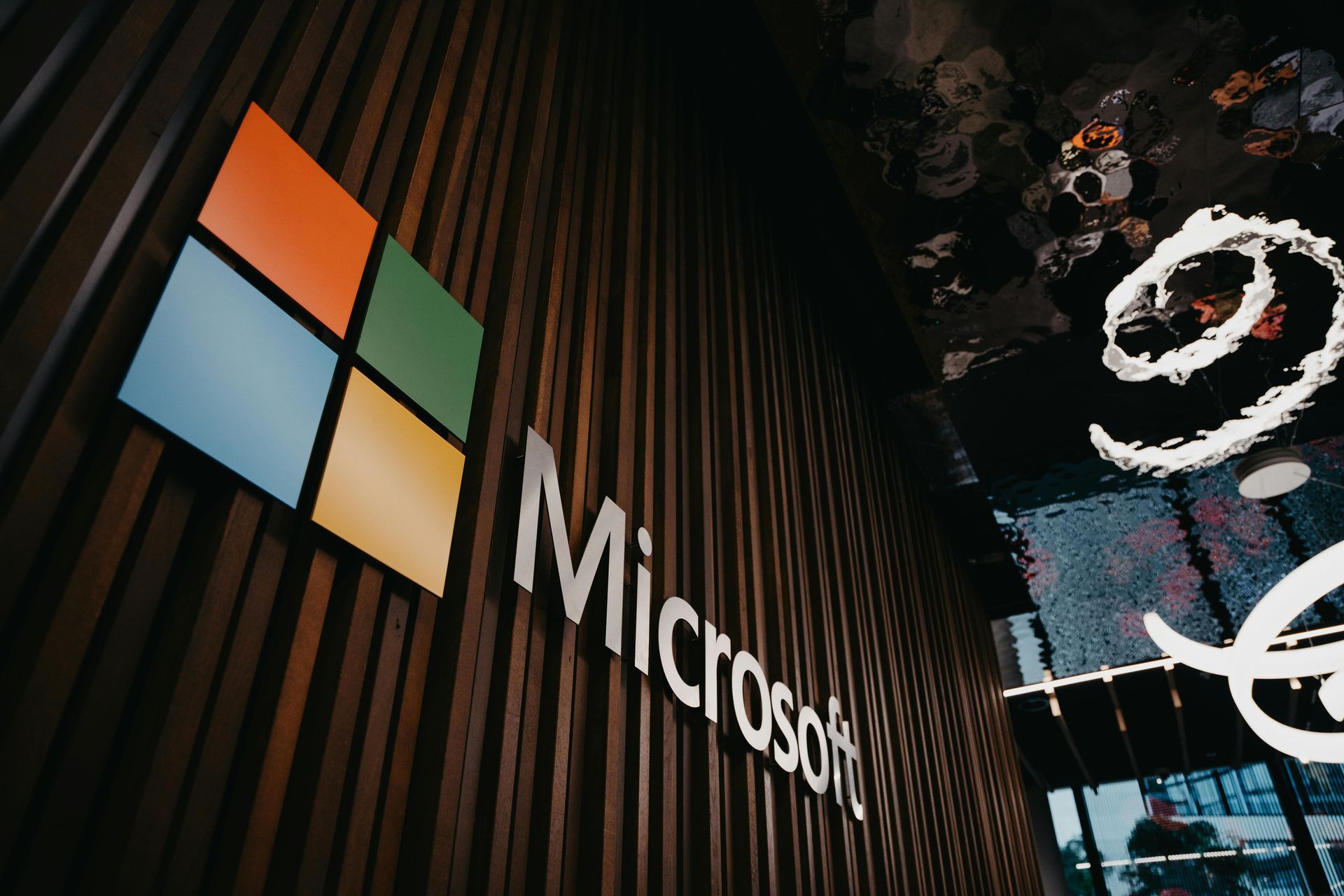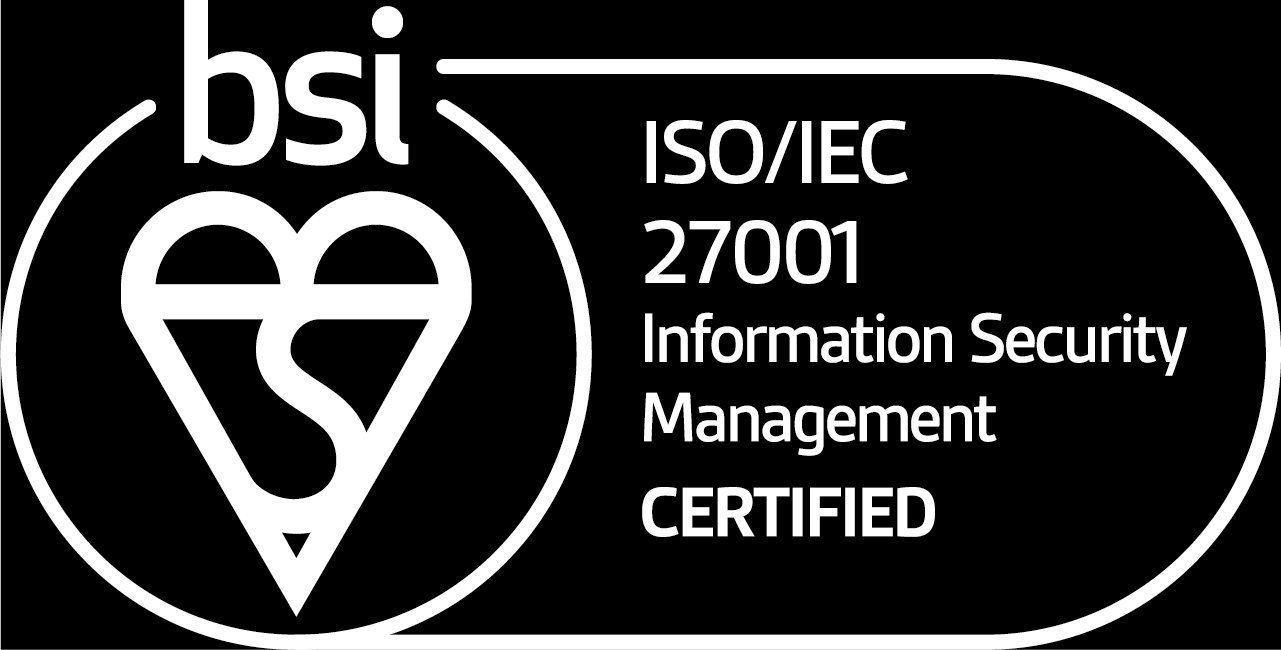Critical TACACS+ Authentication Bypass Vulnerability Discovered in Cisco IOS and IOS XE
A newly disclosed critical vulnerability in Cisco's widely deployed IOS and IOS XE networking platforms has exposed a serious security flaw that could allow unauthorised attackers to completely bypass authentication controls. Tracked as CVE-2025-20160, this vulnerability highlights the importance of proper network security configuration and the potential consequences of seemingly minor misconfigurations.

Understanding the Vulnerability
The vulnerability, which carries a CVSS 3.1 score of 8.1 (High), stems from a fundamental flaw in how Cisco's IOS and IOS XE software handles TACACS+ authentication when the service is configured without a shared secret. TACACS+ (Terminal Access Controller Access-Control System Plus) is a widely used protocol for centralised authentication, authorisation, and accounting in enterprise network environments.
When TACACS+ is enabled on affected Cisco devices without proper shared secret configuration, the software fails to validate whether a secret has been set before processing authentication messages. This oversight creates a dangerous situation where the authentication mechanism can be completely circumvented.
How the Attack Works
An attacker positioned within the network path—whether through man-in-the-middle positioning or direct network access—can exploit this vulnerability in two primary ways:
Passive Interception: Attackers can read unencrypted TACACS+ packets traversing the network, potentially capturing sensitive authentication credentials in clear text.
Active Impersonation: More concerning, attackers can impersonate the TACACS+ server by sending crafted responses to authentication requests. Due to the lack of shared secret verification, these malicious responses are accepted by the vulnerable device, effectively granting the attacker full administrative access.
Potential Impact
The implications of this vulnerability are severe, particularly given the critical role that routers and switches play in network infrastructure:
Unauthorised Access
Complete administrative control over affected network devices allows attackers to modify configurations, install persistent backdoors, and establish footholds for further network compromise.
Credential Exposure
Clear-text transmission of authentication data exposes privileged credentials, potentially compromising additional systems and user accounts across the organisation.
Network Disruption
With root-level access to critical network infrastructure, attackers can disrupt routing protocols, disable security controls, or cause widespread network outages, severely impacting business operations.
Lateral Movement
Compromised network devices provide ideal pivot points for attackers to move laterally through the network, accessing previously protected network segments and resources.
Immediate Actions Required
Organisations running Cisco devices must take immediate action to address this vulnerability:
1. Configuration Audit
Immediately audit all TACACS+ configurations to ensure every server entry includes a properly configured shared secret. Look for TACACS server lines that lack corresponding
key
directives.
2. Apply Patches
Cisco has released fixed versions of IOS and IOS XE software. Organisations should prioritise upgrading to these fixed releases according to their maintenance schedules, with critical production devices receiving the highest priority.
3. Network Monitoring
Implement enhanced monitoring for TACACS+ authentication traffic and unusual administrative access patterns that might indicate exploitation attempts.
4. Access Controls
Review and strengthen network access controls to limit who can intercept or manipulate TACACS+ traffic flows.
Long-term Security Considerations
This vulnerability serves as a reminder of the critical importance of proper security configuration management. Organisations should consider implementing:
- Configuration Management Practices: Establish rigorous processes for reviewing and validating security configurations across network infrastructure.
- Regular Security Audits: Conduct periodic assessments of authentication mechanisms and access controls.
- Defence in Depth: Implement multiple layers of security controls to reduce the impact of single points of failure.
- Monitoring and Alerting: Deploy comprehensive monitoring solutions to detect unusual authentication patterns and potential compromise indicators.
The Broader Context
CVE-2025-20160 underscores the ongoing challenges organisations face in maintaining security across complex network infrastructures. As threat actors continue to target critical infrastructure and network devices, the importance of proactive security measures becomes increasingly apparent.
Network infrastructure devices often operate with extended lifecycles and infrequent maintenance windows, making them attractive targets for persistent attackers. This vulnerability demonstrates how configuration oversights—even seemingly minor ones—can create significant security exposures.
Concerned about your network security posture?
At Altiatech, we understand the complexities of securing modern network infrastructures. Our team of cybersecurity experts can help assess your organisation's network security, identify potential vulnerabilities, and implement comprehensive protection strategies. From security assessments to managed security services, we're here to help safeguard your critical infrastructure.
Contact us today to discuss how we can strengthen your network security:
- Phone: +44 (0)330 332 5482
- Email: innovate@altiatech.com
Don't leave your network security to chance—let Altiatech help protect your digital assets with proven expertise and cutting-edge solutions.












